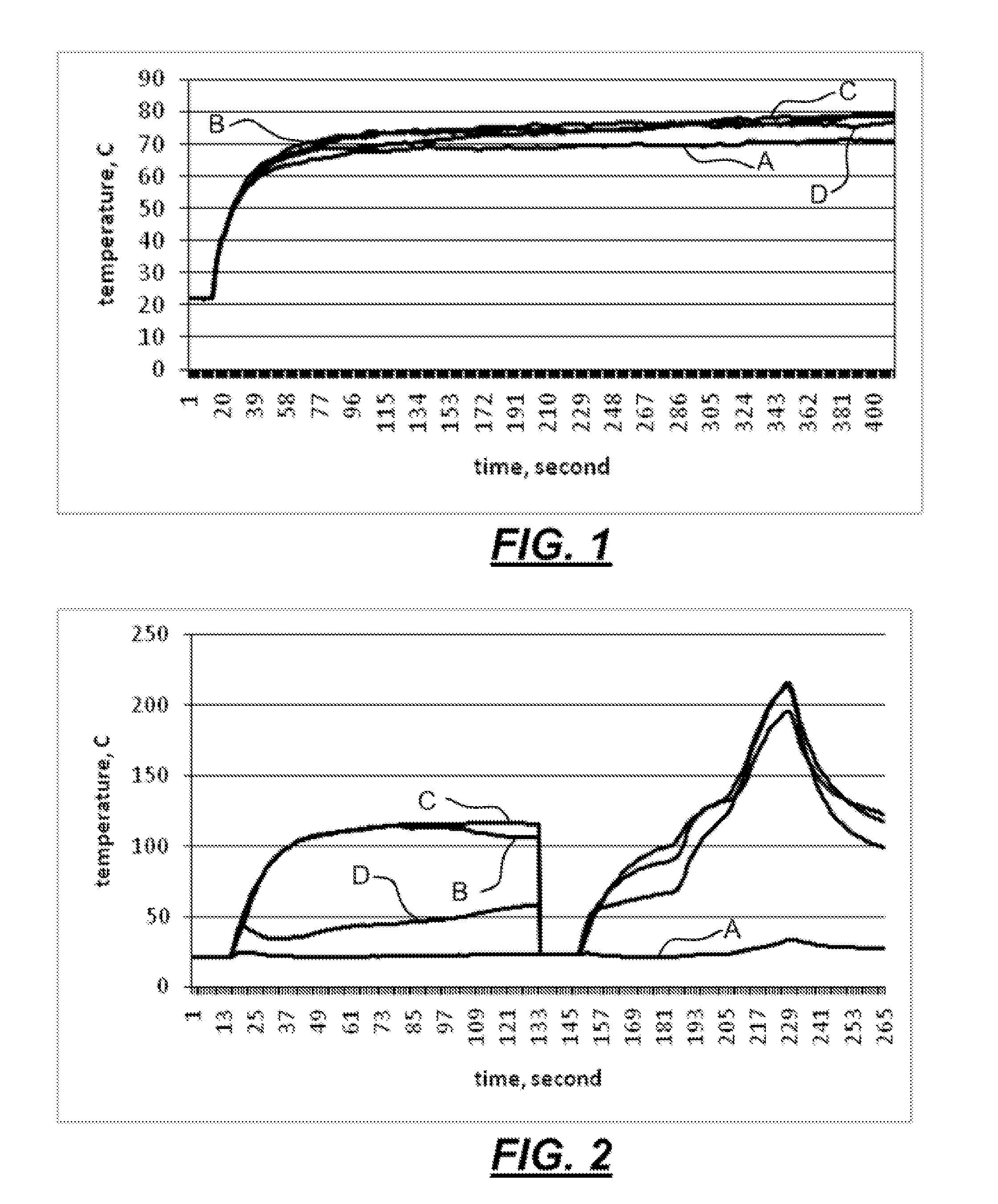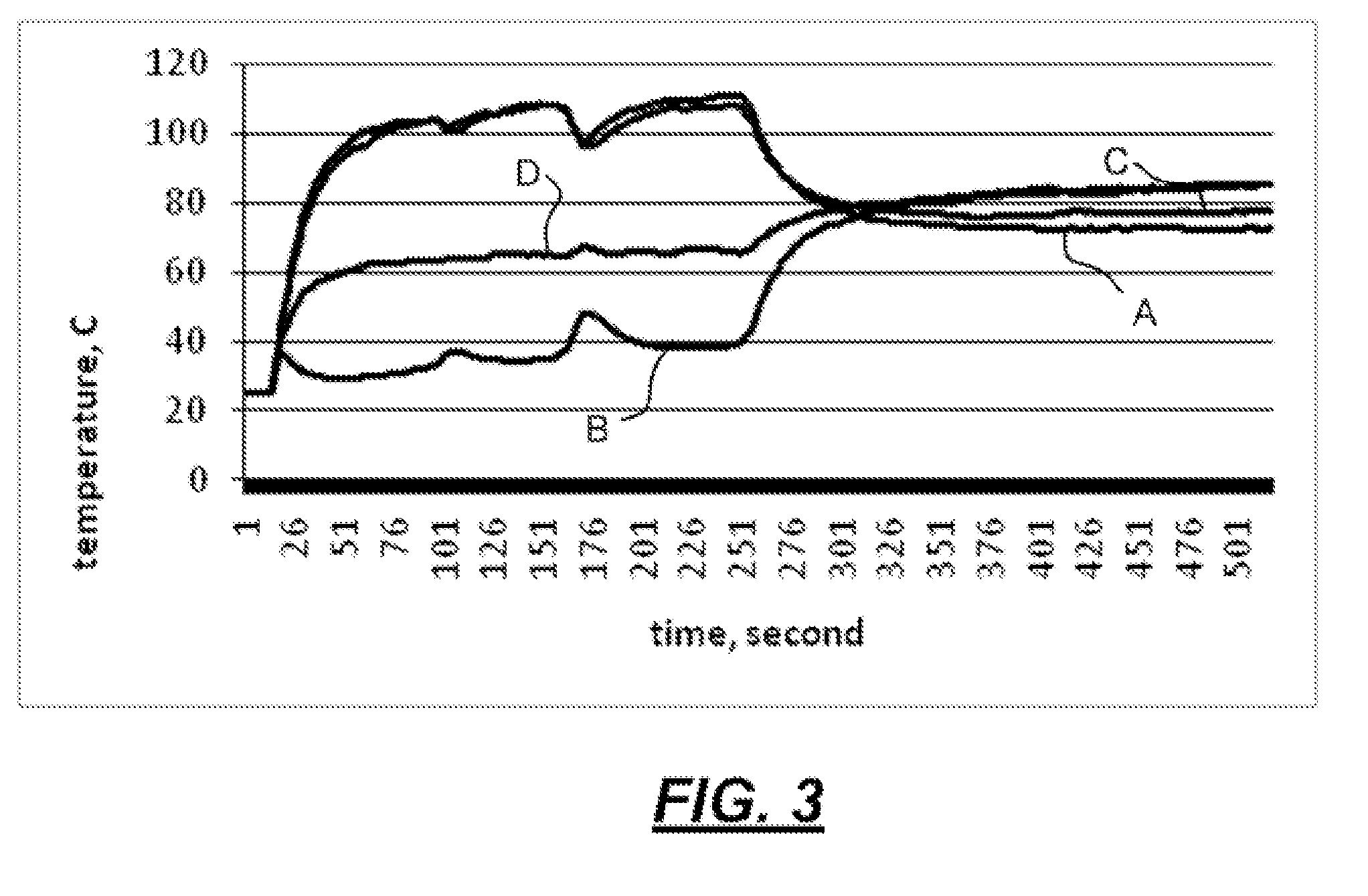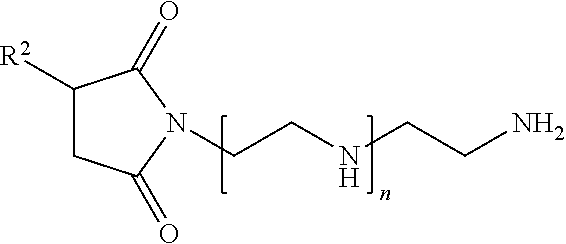Diesel fuel additive
a technology of additives and diesel fuel, which is applied in the direction of machines/engines, mechanical equipment, hydrocarbon oil treatment products, etc., can solve the problems of ultra low sulfur diesel fuel, the stability of the diesel fuel additive package is improved, and the operation of the injector, the filter and other components of the fuel delivery system of the engine is vulnerable to disturbance, so as to improve reduce or prevent visible deposits, the effect of improving the stability of the diesel fuel additive packag
- Summary
- Abstract
- Description
- Claims
- Application Information
AI Technical Summary
Benefits of technology
Problems solved by technology
Method used
Image
Examples
example 1
[0038]A fuel additive was produced from the reaction of polyisobutylene succnic anhydride (PIBSA) with tetraethylenepentamine (TEPA) in a molar ratio of PIBSA to TEPA of 1.1:1.0. A modified procedure as described in U.S. Pat. No. 5,752,989 was used to prepare the additive. During the preparation of the additive, extended vacuum stripping was used to remove low molecular weight components at various stages of the process. The resulting product had a number average molecular weight (Mn) of 1387 as measured by GPC. The amount of components having a molecular weight of 400 or less as measured by GPC remaining in the product was 2.7 wt. %. The resulting product was diluted with an aromatic process fluid to the weight ratio of 25:75 product to process oil to form a homogenous clear and bright solution in a glass jar. The solution was exposed to atmospheric conditions at 22° C. to determine the stability of the additive. After 16 hours, the solution remained clear and bright without sedime...
example 2
[0039]An additive was made similar to that of Example 1 except the PIBSA to TEPA ratio was 1.0:1.0. The product had an Mn of 1420 and the amount of components having a molecular weight of 400 or less as measured by GPC remaining in the product was 2.8 wt. %. When diluted and exposed to the same atmospheric conditions as in Example 1, the mixture remained clear and bright without sedimentation.
example 4
Injector Sticking Engine Test
[0044]Diesel engine nozzle coking tests were conducted using the Peugeot DW10 engine following CEC F-98-08 protocol of Table 1. The engine was run with diesel fuel (PC10) without an additive to establish a baseline. No injector sticking was observed, as indicated by a uniform exhaust gas temperature for all 4-cylinders as shown in (FIG. 1). In FIG. 1, curve A is cylinder 1, curve B is cylinder 2, curve C is cylinder 3 and curve D is cylinder 4.
PUM
| Property | Measurement | Unit |
|---|---|---|
| Temperature | aaaaa | aaaaa |
| Percent by mass | aaaaa | aaaaa |
| Temperature | aaaaa | aaaaa |
Abstract
Description
Claims
Application Information
 Login to View More
Login to View More - R&D
- Intellectual Property
- Life Sciences
- Materials
- Tech Scout
- Unparalleled Data Quality
- Higher Quality Content
- 60% Fewer Hallucinations
Browse by: Latest US Patents, China's latest patents, Technical Efficacy Thesaurus, Application Domain, Technology Topic, Popular Technical Reports.
© 2025 PatSnap. All rights reserved.Legal|Privacy policy|Modern Slavery Act Transparency Statement|Sitemap|About US| Contact US: help@patsnap.com



